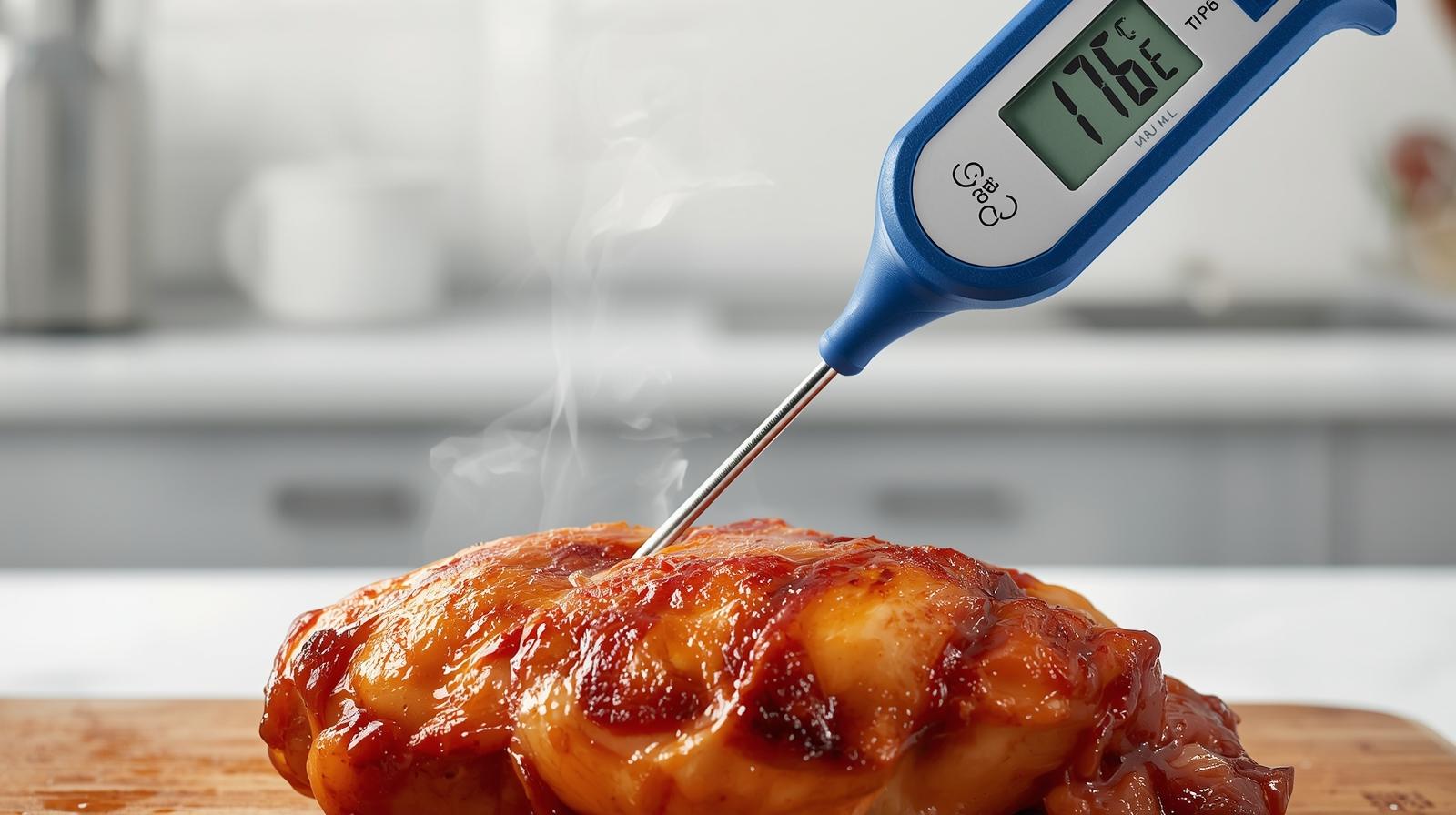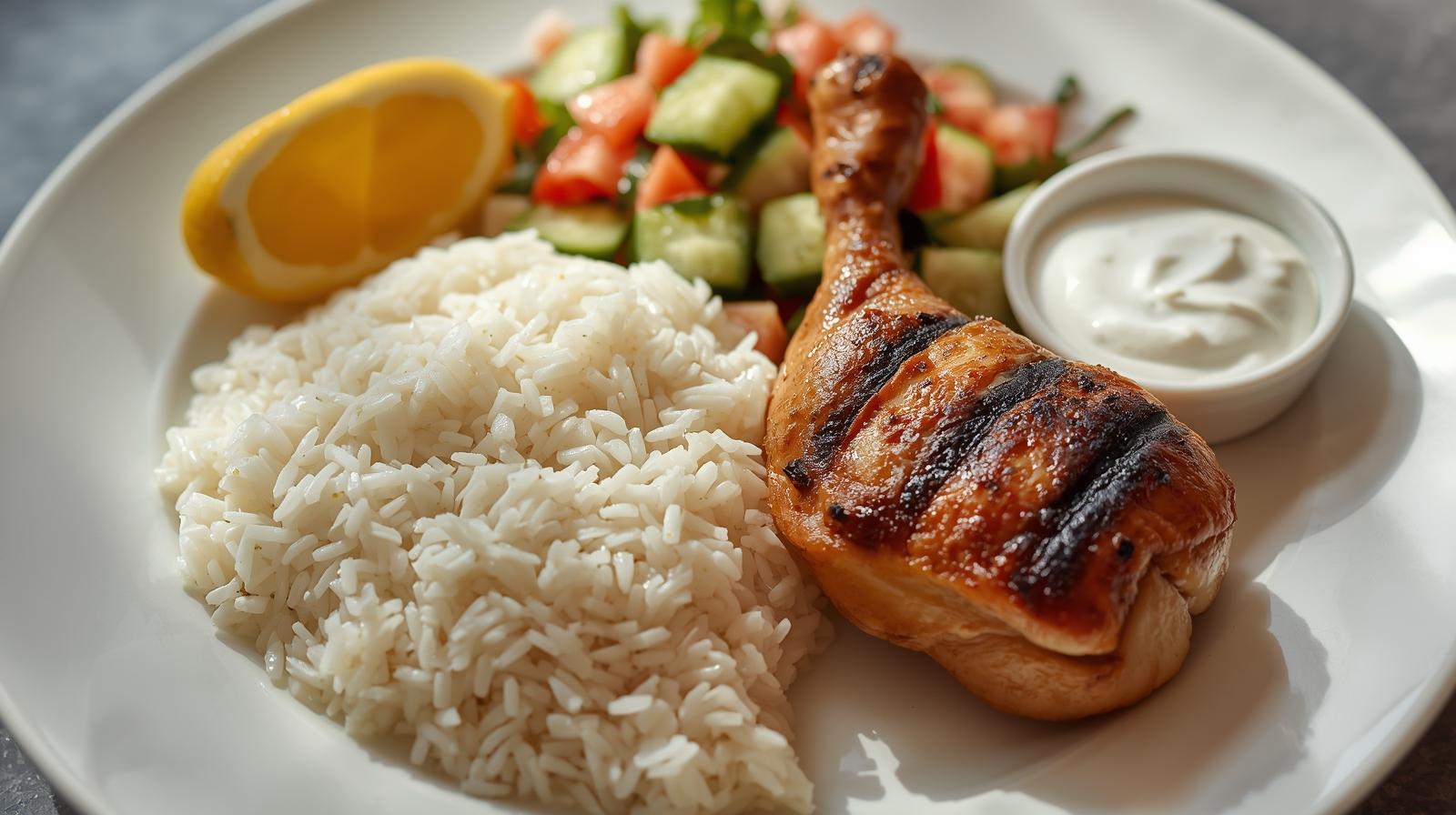
Mandi in Pregnancy — The Short Answer
Yes—mandi is fine in pregnancy when it’s prepared and served safely. Two hazards to manage: undercooked meat (risk of Salmonella and Toxoplasma gondii) and mishandled rice (risk of Bacillus cereus if kept warm too long). The fix is simple: ensure meat reaches safe temperatures, rice is eaten fresh and hot (or cooled fast and reheated properly), and the kitchen keeps raw and cooked foods separate. [4] [3] [5] [2]
In this global guide
Mandi 101 — Fragrant Rice, Tender Meat, Gentle Smoke
Mandi hails from Yemen and is now mainstream across the Middle East and beyond. It pairs long-grain rice (often basmati) with lamb or chicken, seasoned with warm spices (cardamom, cloves, cinnamon, cumin, turmeric) and sometimes finished with a touch of smoke. The technique varies: some kitchens cook meat suspended above rice so juices season the grains; others oven-roast or grill the meat separately and fold into rice. For pregnancy, what matters isn’t the style—it’s temperature and time. [2]


